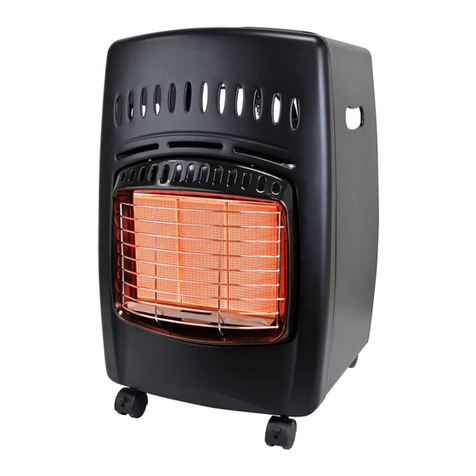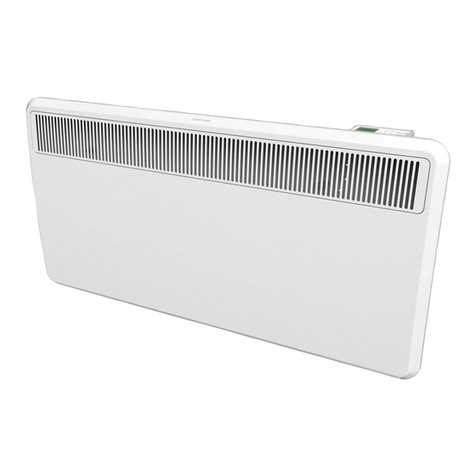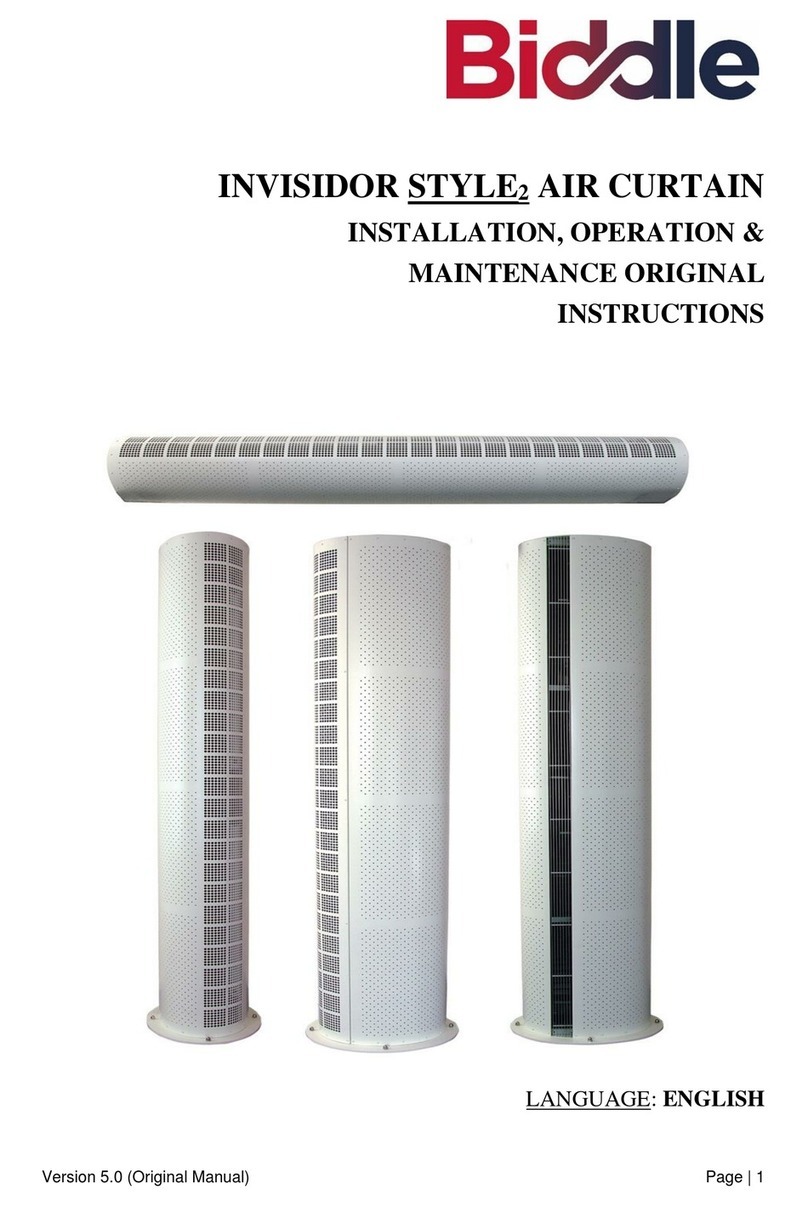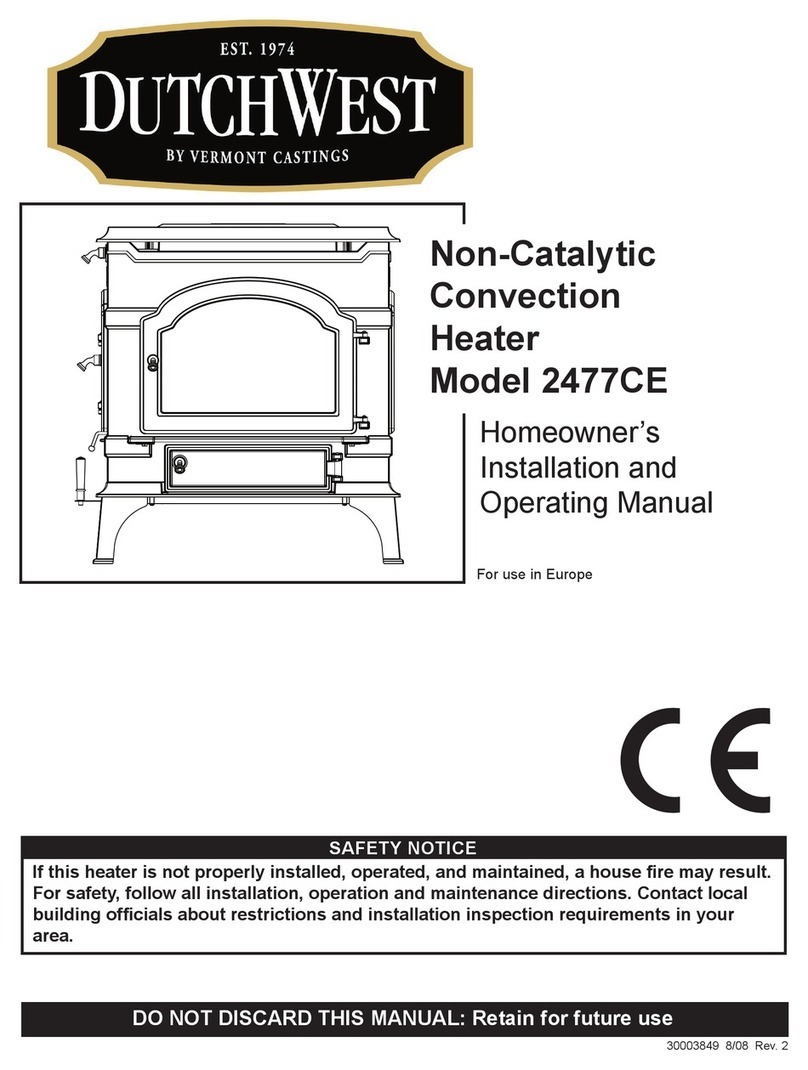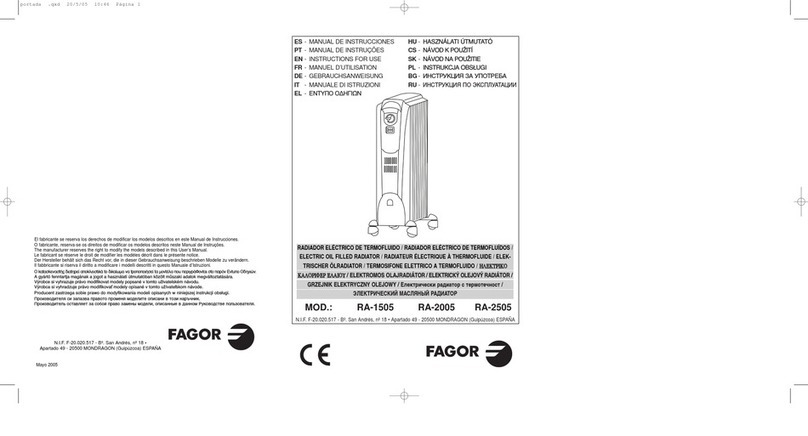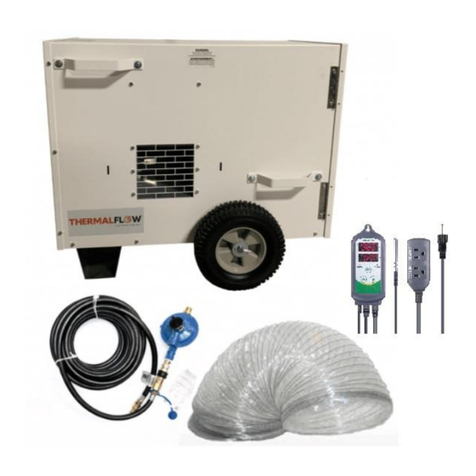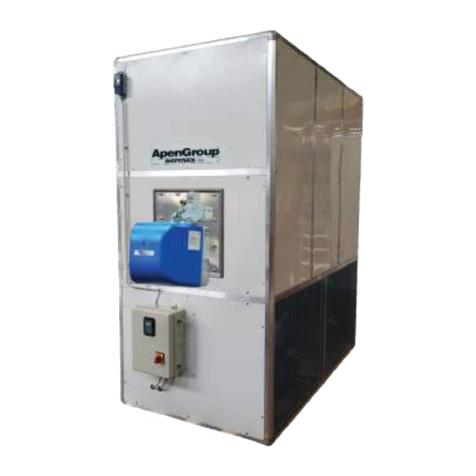
Version 5.1_2021 (31 March 2021) 3
7.4. Dual position switch (start/stop):.......................................................................................................17
7.5. Control panel: ...................................................................................................................................17
7.6. Fans:.................................................................................................................................................17
7.7. Three-way valve: ..............................................................................................................................17
7.8. Defrosting cycle: ...............................................................................................................................18
7.9. tERA Portal: ......................................................................................................................................18
7.10. Control Technology error messages: ...........................................................................................18
7.10.1. Dirty filter message | not urgent:...............................................................................................18
7.10.2. Fault message: .........................................................................................................................18
7.10.3. Status message: .......................................................................................................................18
7.10.4. Defrosting cycle active:.............................................................................................................19
8. Set-up and installation ..............................................................................................................................19
8.1. Preparations .....................................................................................................................................19
8.2. Delivery and transport ......................................................................................................................19
8.2.1. Vertical transport.......................................................................................................................19
..................................................................................................................................................................19
..................................................................................................................................................................20
8.2.2. Horizontal transport ..................................................................................................................20
8.3. Temporary storage ...........................................................................................................................20
8.4. Final placement ................................................................................................................................21
8.5. Installation.........................................................................................................................................21
8.6. Commissioning .................................................................................................................................22
8.7. Pre-commissioning check.................................................................................................................22
9. Starting .....................................................................................................................................................23
9.1. Decommissioning .............................................................................................................................23
10. Safety....................................................................................................................................................24
10.1. General safety instructions ...........................................................................................................24
10.2. Statutory requirements .................................................................................................................24
10.3. Safety measures...........................................................................................................................25
11. Display instruction ................................................................................................................................26
11.1. Graphical operating display .........................................................................................................26
11.2. Display and operating buttons ......................................................................................................26
11.3. P&ID diagram ...............................................................................................................................28
11.4. IO list C.PCOe Mini.......................................................................................................................29
11.5. User interface with display............................................................................................................30
11.5.1. Function keys............................................................................................................................30
11.5.2. Adjusting the contrast ...............................................................................................................30
11.5.3. Alarm messages .......................................................................................................................30

